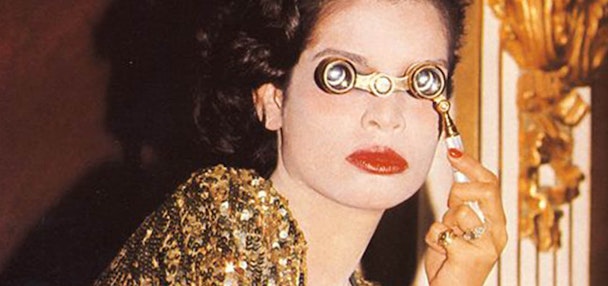Ed Vaizey: the tech revolution is barely touching the world of culture – and it should be
As someone passionate the worlds of culture and technology, I have always been struck by one thing – the most culturally creative sector by far is the technology sector.

Nothing much has changed in the world of opera
Of course, I’m not talking about the culture of the company office, with its annoying ping pong tables, table football, pods and beer on tap … I could go on. And I don’t find it easy to keep a straight face when every 22-year-old pitching their company tells you they will change the world because they can deliver food more quickly to your door.
But what I did find, as you might expect, was a recognition that technology was fundamentally changing the way, well, we do everything. So tech companies ask themselves a simple question: why does it have to be this way?
It used to have to be this way because you had to ring to get a cab or go to the shops to get stuff, or travel to an office, or whatever. But in less than decade, many of the ways of doing things we as consumers and workers have taken for granted have been swept away.
The private sector has delivered the smartphone, networks and apps to change our behaviour in myriad ways. And the analogue companies have had to keep up, changing how they do business in order to stay in business (as anyone who works in advertising knows).
But this technology revolution is barely touching the world of culture. Our Victorian ancestors, travelling in their time machine, would find the world a confusing and very different place – except when they stepped through the doors of a cultural institution.
Consider the familiarity of a gallery, with its paintings on the walls; a play, often in a Victorian theatre; or a concert performed in black tie and listened to in reverential silence. Some might say this is a good thing – culture Is one of the few places to offer respite from the hurly burly of the modern world, the place to put away the smart phone, switch off and dive in.
But there’s no doubt that culture needs to dive into tech. In April, the government launched its #CultureisDigital campaign. It’s designed to prompt a conversation between these two worlds, which have so much in common. Its main priority is to look at how we can digitise collections, so that many more people can not only see them, but do interesting things with them.
Of course, Art UK and the Google Cultural Institute are pioneers here, but we need to see what can happen when our world is let loose on our national collections. As well as this straightforward aim, the conversation also seeks to look at how we can present art in different formats.
Theatre is now common in the cinema, but virtual and augmented reality have barely been explored, not to mention the blending of digital and live content in performances. All of this needs to be underpinned by giving people in the arts the access to the right skills and mentors they need to embrace what is happening in tech.
Cultural organisations also need to use the tools now prevalent in digital, not least analysing data about who is – and who is not – using their content.
There are many things I would love to do if I ever became a museum director, but one would be to clear a gallery and give it over to tech startup businesses. It sounds like a gimmick – and maybe it is – but it would be statement of intent, that my cultural institution was ready to ride the tech wave and embrace change rather than cling on to the same old.
Ed Vaizey is a supporter of #CultureisDigital, a scheme designed to consider how culture and technology can work together to drive audience engagement, unleash the creative potential of technology and boost the capability of cultural organisations.

